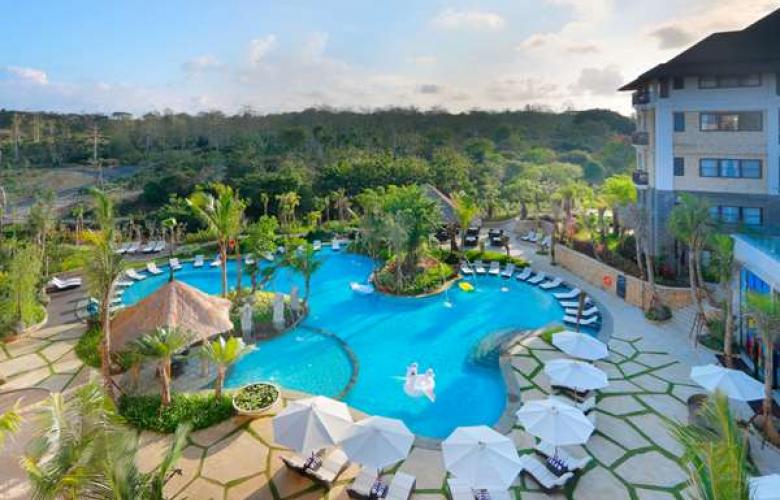According to Colliers Q3 2017 Bali Hotel Market Report, the overall hotel occupancy performance in Bali has already surpassed the figures over the last few years. The increasing number of visitors has boosted hotel occupancy, primarily during the traditional peak season, which regularly falls in July and August.
At a glance:
- MICE activities are increasing Bali’s popularity
- More 4 and 5-star accommodation is being built particularly in Jimbaran
- ADR in 2018 is projected to hover about the same figure as of 2017
- The dynamic market has driven older accommodation to refresh the facilities and amenities to keep up with new offerings
Demand
Whilst tourism activities remained as the major income for most hotels in Bali, MICE activities, particularly in areas such as Nusa Dua, will also contribute to the tourism industry.
Supply
Up to the end of 2017, four-star and five-star hotels are still dominating the upcoming supply. Bali expects another 522 four-star hotel rooms and 287 five-star hotel rooms by the end of 2017. Most of the upcoming projects are located in the Jimbaran area.
Occupancy Rate/AOR
The year-to-date AOR in Bali was 71.4%. As the hotel market in Bali will be saturated by a significant supply of new rooms in 2018, whilst, on the other hand, corporate and group activities are anticipated to become more intense. ADR in 2018 is projected to hover about the same figure as of 2017.
Rent/ADR
Colliers expects to see ADR to increase only marginally by 2018, as group guest activities will add pressure to hoteliers.
Starred Rating Hotel
The supply of new hotels in Q3 2017 was limited, marked by the start of Royal Tulip Springhill Resort Jimbaran’s operation in the south Bali area. On the other hand, the legendary Pan Pacific Nirwana Bali closed down their operation. In the location, there will be another luxury hotel to be built under the Trump Collection.
The Bali chapter of the Indonesian Tourism Workers Union (FSP PAR SPSI) mentioned that is considered an oversupply in the recent number of rooms in Bali. They thought that there should be a moratorium on new accommodation and hotel projects in Bali. This statement was also underlined by the Bali chapter of the Indonesian Hotel and Restaurant Association (PHRI-Bali). The current oversupply situation is threatening the quality of Bali tourism and the welfare of those working in the tourism industry. The price war is not only unhealthy for businesses and the industry but also worrisome for industry workers. Rooms are being sold at very low prices to attract tourists and the salaries of those working are also declining. This condition is reflected on the ADR performance that is still below 2014.
The hotel market in Bali reflects a similar situation for tenants and the commercial property sector in Jakarta, where hotel guests are flooded with many accommodation options. Tourists are becoming more selective, often preferring alternative choices for newer hotels with complete facilities but at a more competitive price. This has been quite a challenge for “aged” hotels. Recently, in order keep up with this dynamic market, several hotels decided to undergo some refreshing developments, either through renovation or a change in management.
For more detailed information, click here to download the Colliers Q3 2017 Bali Hotel Market Report.
For specific questions about the report, email Ferry Salanto, Colliers Senior Associate Director, Research via the contact details below.
Similar to this:
Accelerated tourism growth in Bali creates demand for more hotel rooms
Bali’s tourism continues to grow with new hotel rooms, and additional flights
Indonesia's tourism industry helping real estate businesses





